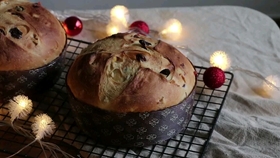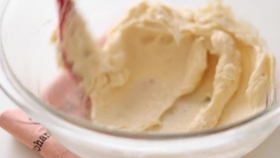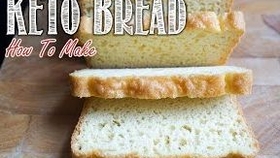Medieval Bread Recipe: A Timeless Secret from the Great Hall
Guide or Summary:Medieval - The era that shaped the foundation of Western civilization, where each community thrived on its unique culinary traditions. The……
Guide or Summary:
- Medieval - The era that shaped the foundation of Western civilization, where each community thrived on its unique culinary traditions. The heart of medieval dining was centered around the great hall, where the aroma of freshly baked bread wafted through the air, beckoning the nobility and peasantry alike. This recipe is not just a collection of ingredients but a portal to a bygone era, where simplicity in taste was a reflection of the era's appreciation for the earth's bounty.
- Bread - The cornerstone of medieval meals, bread was more than just a staple; it was a symbol of sustenance, community, and tradition. The process of bread-making was a ritualistic act, where patience and precision were key. Each knead, each rise, and each slice was a testament to the art of baking, a craft that has been refined over centuries yet remains unchanged in its essence.
- Recipe - A collection of instructions designed to guide the artisan in creating a masterpiece. In the medieval kitchen, recipes were often passed down through generations, with each adaptation adding layers of personal touch and regional flavor. This recipe is a homage to those ancient teachings, where simplicity reigns supreme, and each ingredient is chosen for its natural qualities.
- Medieval Bread Recipe: A Journey Through Time
Medieval - The era that shaped the foundation of Western civilization, where each community thrived on its unique culinary traditions. The heart of medieval dining was centered around the great hall, where the aroma of freshly baked bread wafted through the air, beckoning the nobility and peasantry alike. This recipe is not just a collection of ingredients but a portal to a bygone era, where simplicity in taste was a reflection of the era's appreciation for the earth's bounty.
Bread - The cornerstone of medieval meals, bread was more than just a staple; it was a symbol of sustenance, community, and tradition. The process of bread-making was a ritualistic act, where patience and precision were key. Each knead, each rise, and each slice was a testament to the art of baking, a craft that has been refined over centuries yet remains unchanged in its essence.
Recipe - A collection of instructions designed to guide the artisan in creating a masterpiece. In the medieval kitchen, recipes were often passed down through generations, with each adaptation adding layers of personal touch and regional flavor. This recipe is a homage to those ancient teachings, where simplicity reigns supreme, and each ingredient is chosen for its natural qualities.
Medieval Bread Recipe: A Journey Through Time
In the heart of medieval Europe, the great hall was the epicenter of social gatherings and feasts. The aroma of freshly baked bread was a signal that the meal was about to begin, and the communal table was set for a feast that would nourish both body and soul.
The medieval bread recipe is a testament to the era's appreciation for the simple pleasures of life. It is a recipe that honors the natural ingredients, where each element plays a crucial role in the final product. The recipe calls for a mixture of wheat flour, water, salt, and yeast, with the addition of honey and herbs for a touch of sweetness and flavor.

The process begins with the preparation of the dough, a mixture of flour, water, and salt, kneaded until it becomes elastic and smooth. The dough is then left to rise, a process that takes patience and observation. As the dough doubles in size, it is shaped into loaves, which are then placed in a preheated oven.
The baking process is a dance between heat and time, where the bread is transformed from a simple dough into a rustic masterpiece. The aroma of freshly baked bread is a symphony of flavors, a sensory delight that fills the air and beckons those present to partake in the feast.
The medieval bread recipe is more than just a collection of ingredients; it is a journey through time, a connection to a past where simplicity was a reflection of the era's appreciation for the earth's bounty. Each bite is a step back in time, a taste of a world where community was at the heart of all gatherings, and the simple act of sharing a loaf of bread was a symbol of unity and togetherness.

In a world where the pace of life often leaves us craving for instant gratification, the medieval bread recipe serves as a reminder of the importance of patience, precision, and tradition. It is a recipe that invites us to slow down, to appreciate the simple pleasures of life, and to connect with our past in a meaningful way.
As we sit around the communal table, sharing a loaf of medieval bread, we are not just nourishing our bodies but also feeding our souls with the warmth and comfort of a shared meal. This recipe is a bridge between the past and the present, a reminder that some things never change, and that the simple act of baking bread can bring us closer to our roots and to each other.
In conclusion, the medieval bread recipe is not just a collection of ingredients; it is a journey through time, a connection to a past where simplicity was a reflection of the era's appreciation for the earth's bounty. It is a recipe that invites us to slow down, to appreciate the simple pleasures of life, and to connect with our past in a meaningful way. So, let us embark on this culinary adventure, armed with patience and precision, and rediscover the timeless secret of medieval bread-making.
